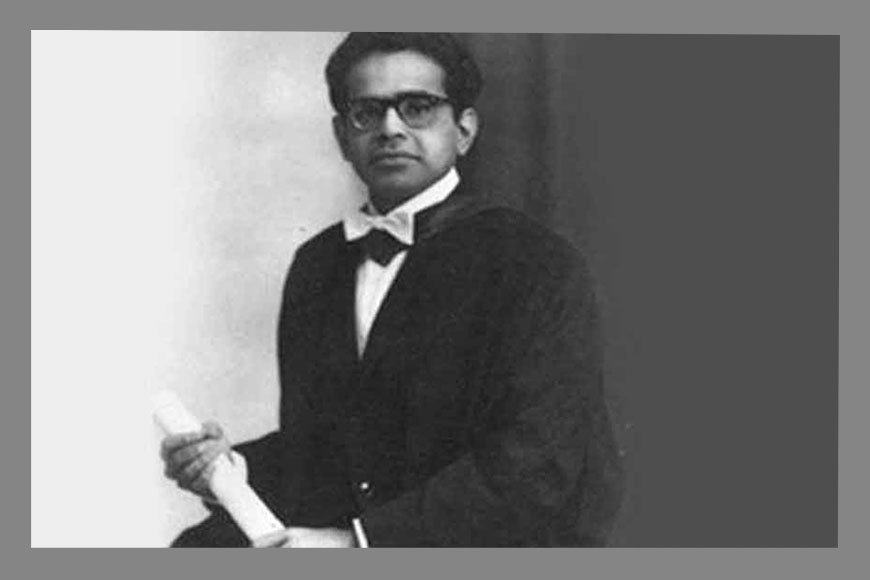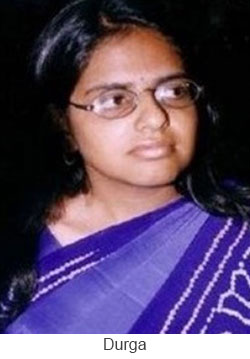Four decades after death, India’s IVF baby pioneer gets state recognition

A fortnight or so ago, we had written about the Kolkata doctor who not only used in vitro fertilization (IVF) for the first time in India, but also made possible the birth of the country’s first test tube baby, Durga, in 1978. Yet Dr Subhash Mukhopadhyay was never given his due recognition. Instead, he was ridiculed by his own colleagues, ostracized, and transferred to a remote rural hospital without research facilities. Finally, in 1981, he took his own life in Kolkata, and the story of his life became the subject for filmmaker Tapan Sinha’s critically acclaimed ‘Ek Doctor Ki Maut’.
Decades later, the world recognized him as one of the pioneers of the IVF technique, which has enabled millions of childless couples to become parents. His life’s work was remarkable not just for India, but the whole world. And yet, all he received in return was ostracism, bureaucratic negligence, reprimands and insults.
 Now, 40 years after his death, Dr Subhash Mukhopadhay has finally been recognised by his own state. Last week, the state government issued an order to name the NRS Boys Hostel after this ex-teacher of physiology, instal his bust on the campus, and preserve the room used by him. According to the state Health Department notification, the order is based on a proposal by the ex-students of NRS Medical College and Hospital to name the boys’ hostel after Dr Mukhopadhay, instal a bust of his on the campus, and a plaque in the room where he stayed. Dr Mukhopadhay was a lecturer, reader and professor at NRS Medical College and Hospital between 1967 and 1975.
Now, 40 years after his death, Dr Subhash Mukhopadhay has finally been recognised by his own state. Last week, the state government issued an order to name the NRS Boys Hostel after this ex-teacher of physiology, instal his bust on the campus, and preserve the room used by him. According to the state Health Department notification, the order is based on a proposal by the ex-students of NRS Medical College and Hospital to name the boys’ hostel after Dr Mukhopadhay, instal a bust of his on the campus, and a plaque in the room where he stayed. Dr Mukhopadhay was a lecturer, reader and professor at NRS Medical College and Hospital between 1967 and 1975.
Barely two months after the world welcomed Marie Louise Brown, the first IVF baby, India had produced a similar baby on October 3, 1978. She was nicknamed Durga, her real name being Kanupriya Agarwal. Brown’s creator Robert G Edwards, professor emeritus, University of Cambridge, received the Nobel Prize for his efforts, while Mukhopadhyay had to face an inquiry in December 1978, before ending his life on June 19, 1981 because the government refused to recognise his achievement.
It was only after Dr T.C. Anand Kumar, who was earlier thought to have created India’s first IVF baby in 1986, publicly announced Dr Mukhopadhyay’s feat at the Indian Science Congress that the world even learned of his story. Indeed, by the time Dr Anand Kumar had created his IVF baby, Kanupriya was already eight years old. This fact, incidentally, came to light through the untiring efforts of cryobiologist Sunit Mukherjee, who had assisted Dr Mukhopadhyay in using IVF to create Durga, and who died in Kolkata last year at 89. It was he who had reached out to Dr Anand Kumar and made him go through Dr Mukhopadhyay’s research notes to establish that due credit had not been given to the pioneer.
Dr Mukhopadhyay even developed a technique of embryo freezing to avoid egg wastage. This was far ahead of his times, and became one of the reasons that the global medical community adopted his technique instead of the one used by Dr Edwards. Unfortunately, in the 1970s, none of his colleagues had the acumen to even understand the revolutionary science behind the technique. Professional jealousy was so rampant that the doctor who should have been celebrated for his discovery was instead transferred from one government hospital to another, and finally shunted to Kolkata’s Regional Institute of Ophthalmology, a hospital which did not even have a physiology department.
Surprisingly, not even later governments of Bengal or India gave the doctor his due recognition. Following his death, nobody approached his wife, who was so supportive of her husband that she agreed not to start a family so that he could relentlessly pursue his research.











